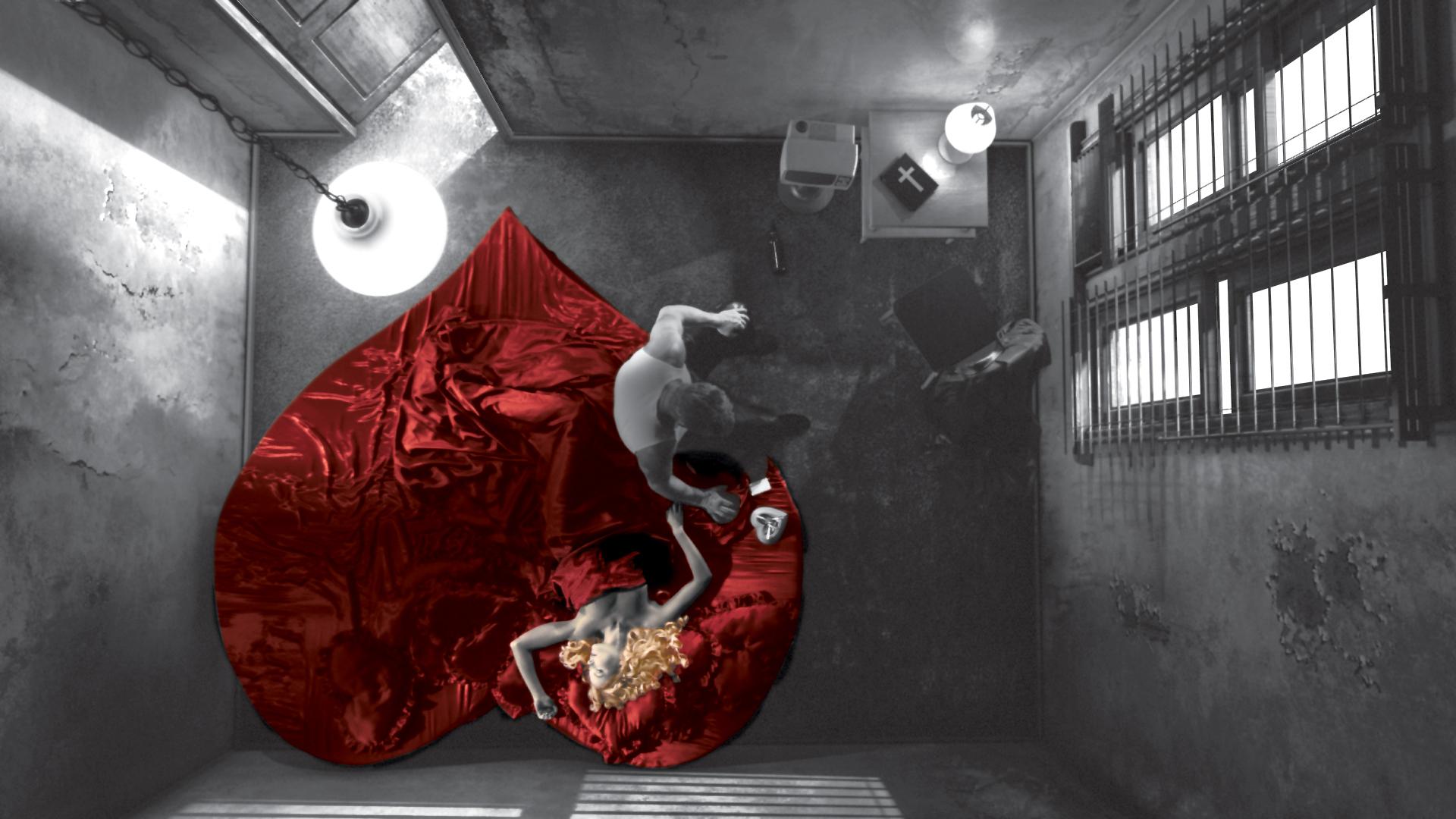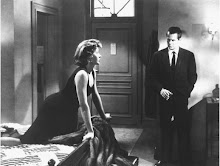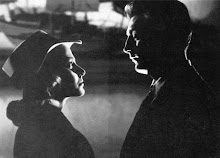
CLICK TO SEE BIGGER!


 German Expressionism is the term used to refer to a number of related creative movements which emerged in Germany before the WW1 which reached a peak in Berlin, during the 1920s.
German Expressionism is the term used to refer to a number of related creative movements which emerged in Germany before the WW1 which reached a peak in Berlin, during the 1920s. 



 In The Big Heat, violence and criminality contaminate a small city, controlling elections and the police, as well as threatening institutions.
In The Big Heat, violence and criminality contaminate a small city, controlling elections and the police, as well as threatening institutions. Blue Velvet is a 1986 American mystery film, written and directed by David Lynch. The film exhibits elements of both film noir and surrealism. The film owes a large debt to 1950s film noir as it contains and explores such conventions as the femme fatale (Dorothy Vallens), a seemingly unstoppable villian (Frank Booth) and the questionable moral outlook of the hero (Jeffrey Beaumont) as well as its unusual use of shadowy, sometimes dark cinematography.
Blue Velvet is a 1986 American mystery film, written and directed by David Lynch. The film exhibits elements of both film noir and surrealism. The film owes a large debt to 1950s film noir as it contains and explores such conventions as the femme fatale (Dorothy Vallens), a seemingly unstoppable villian (Frank Booth) and the questionable moral outlook of the hero (Jeffrey Beaumont) as well as its unusual use of shadowy, sometimes dark cinematography.  The Usual Suspects is an American neo-noir film written by Christopher McQuarrie and directed by Bryan Singer. Starring Kevin Spacey! =]
The Usual Suspects is an American neo-noir film written by Christopher McQuarrie and directed by Bryan Singer. Starring Kevin Spacey! =]You can see the elements of film noir right at the start of film! The opening is just beautiful ^____^
Sine waves shimmering upon a black harbor on an elegant loop. The music is awesome too, a string orchestra, piano and bell, etc.

 g black and white photography and a 1.33.1 aspect ratio. Although the finished piece is in black and white, it was actually shot in color because this allowed the use of faster film. Also it afdorded the ablility to use 'green screen' techniques. The color was then reduced in post-production through the use of a digital intermediate to a grainier black and white. This was done to blend with the carefully restored archibal material!
g black and white photography and a 1.33.1 aspect ratio. Although the finished piece is in black and white, it was actually shot in color because this allowed the use of faster film. Also it afdorded the ablility to use 'green screen' techniques. The color was then reduced in post-production through the use of a digital intermediate to a grainier black and white. This was done to blend with the carefully restored archibal material!  er and nostaglic". Bars of shadow across the characters variously imply imprisonment. Dark film noir and expressionist lighting was used in several scenes, particularly towards the end of the picture. Rosenzweig argues these shadow and lighting effects are classic elements of the Curtiz style, along with the fluid camera work with the use of the environment as a framing device.
er and nostaglic". Bars of shadow across the characters variously imply imprisonment. Dark film noir and expressionist lighting was used in several scenes, particularly towards the end of the picture. Rosenzweig argues these shadow and lighting effects are classic elements of the Curtiz style, along with the fluid camera work with the use of the environment as a framing device. Some research on the genre, its sub-genres, but mainly focusing on certain elements such as characters and roles - i.e. femme fatale, coppers, etc.
Some research on the genre, its sub-genres, but mainly focusing on certain elements such as characters and roles - i.e. femme fatale, coppers, etc. noir, most employed orchestral (strings) scores. However, The Big Combo is one of few film noirs to have a brass score.
noir, most employed orchestral (strings) scores. However, The Big Combo is one of few film noirs to have a brass score.I like the cinematography I am coming across. I am going to come back to this and develop this research further.
What I want to focus on right now is characters.
 mances in a range of film genres: from contemporary crime melodramas to historical and period films and occasional comdies, though her greatest successes were romantic dramas.
mances in a range of film genres: from contemporary crime melodramas to historical and period films and occasional comdies, though her greatest successes were romantic dramas. 














